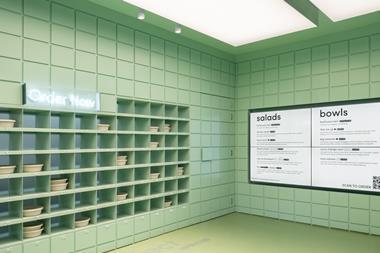The UK's high streets are in danger of becoming more and more "homogenised" if local authorities are not given stronger powers to protect their individuality, MPs have warned.
This week, more than 30 MPs signed an Early Day Motion calling on the government to strengthen the powers of local authorities to insist shopfronts and signage blend in with their locations.
The MPs claimed identical shopfronts and fascias were driving out individuality in town centres.
"Multiple chains make all their shops virtually identical," said Richard Younger-Ross, Liberal Democrat MP for Teignbridge, who tabled the motion. "This destroys the inherent nature of our high streets because Georgian and Victorian facades are being replaced with 21st-century plastic.
"The chains put up their signs and, if they receive objections, simply appeal and get their own way. Local authorities need to be given a greater say, so they do not have to cave in to corporate pressure."
Younger-Ross warned the issue was country-wide. "You could be in Carlisle, Gateshead, Maidenhead or Newton Abbot and not be able to distinguish where you were," he added. "The general feeling across the board is that we should restore the character of our high streets."
His calls will anger retailers who have tried to be sensitive to local architecture when developing new stores. Tesco, for example, developed a new range of shopfronts for its Express c-stores in 2006 as part of its 10-point Community Plan. It also has an Extra in Baldock, Herts, which has incorporated the building's Grade II-listed Art Deco facade into its design.
Younger-Ross also tabled a second motion calling for retailers opening stores in new areas to recruit local shopfitters. "National chains use a select number of contractors," he said. "There are lots of local shopfitters more than capable of taking on the work, which would boost the local economy, especially in economically deprived areas."
This motion also has the backing of more than 30 MPs.










No comments yet